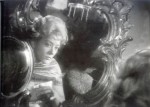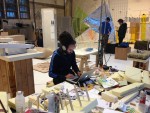PARTICIPANTS : Arianna, Tinna, Isabel, Juan, Ricardo, Esteban , Lilia, Yaari, Juan, Anouk, Brendan, Gerald, varinia, Sana, Agnes, Pierre, Luiza, Sofia, Aela, Christian, Lili.
PERFORMANCE > QUESTION > ANSWER
1) P) Arianna > Q )Sana > A)Pierre
2) Yaari > Christian > Gerald
3) Christian > Isabel > Arianna
4) Sofia > Lilia > Yaari
5) Ricardo > Varinia > Esteban
6) Esteban > Ricardo > Christian
7) Anouk > Esteban > Luiza
8) Gerald > Tinna > Sebastian
9) Lili > Yaari > Varinia
10) Luiza > Brendan > Sana
11) Agnes > Anouk > Tinna
12) Brendan > Luiza > Anouk
13) Sebastian > Juan > Lili
14) Tinna > Gerald > Aela
15) Juan > Sofia > Juan
16) Aela > Aela > Sofia
17) Sana > Arianna > Brendan
18) Isabel > Pierre > Agnes
19) Pierre > Sebastian > Lilia
20) Lilia > Lili > Ricardo
21) Varinia > Agnes > Isabel
QUESTIONS:
1) Sana asks Arianna (reply Pierre)
Is the disfigured, anonymous body approachable through its spontaneous reactions to it's surroundings?
If yes, to what extent?
If no, what is the alternative?
2) Yaari > Christian > Gerald
Your text is beautifully hovering at a mental state where situation has merged into timelesness, an energy that could last for a split second or 80 years.
I am in this connection curious to know if it would be possible to tie the situation to an ideal geographical location (city, desert...) one that would include year, space ( i.e. mountain top, café, bus), tools for writing?
(Of course this question assumes that you're willing to feed in to a parallel fictional universe, if you're not already there.)
3) Isabel asks Christian (reply Arianna)
The maori people have amazing techniques for dialoguing with the sea. In fact in Easter Island elder women teach their grandchildren how to make the waves get smaller. Thus, they avoid being taken away by the gigantic waves when they go collecting shells and exotic seafood on turbulent rocky seashores. I imagine there must be a symbiosis between hypnosis and molecular water cells in the human body interacting with the molecular water cells of the sea. When we were talking about the performance you presented in bubble score # 1, you mentioned the paradox between hypnosis and property, as hypnotizing the landscape as a property means (I hope to have understood well?). My question is: Could the notion and practice of private property be a result of hypnosis and why?
4) Lilia To Sofia (reply Yaari)
The first thing that came to my mind was the idea of falling in love. And mostly the Falling in the Love. The vertigo towards the other, the ecstasy of becoming blurred with the other, indeed like a suicidal flirt that creates a third space for fictional reality, that constructs reality itself. I think I have question in two folds. They concern the romantic idea of love and the fictional aspect of it anchored in the falling. How do you relate the idea of love with the idea of life? And how do you think the the idea of love builds community? This can be seen in a literary way, philosophical or...
5) Varinia to Ricardo (Reply Esteban)
And if all the various body operations would halt in a single and inoperative - but nontheless expressive - act, or if all variations would manifest as sameness, how could we then still call the body the body?
6) Ricardo to Esteban (Reply: Christian)
Something that I got out of your proposal is that the element of sound blurs or obscures meaning. You have been working on the idea of the subject narrating itself through language and through cultural practices such as cooking or weaving. I understand that the text that you chose is of interest to you since it works through the relationship Lucrecia Martel has found between her sensory, affective and biographical memory, and the tool she articulates through her filmic work. In this case, the tool is sound and its power to pierce the body. This short narration that you are appropriating is of relevance since it evidences the poetic power of Lucrecia's films, which is your point of interest.
In which way do you think the action you presented creates a link between your interest in the subject narrating itself, its displacement in a series of cultural, collective practices, the idea of artistic tool and poetic efficacy and finally, the concept of appropriation in the construction of the subject?
7) Esteban to Anouk (Reply Luiza)
Dear Anouk
For me it was clear that we were dealing with traces, material traces and spatial configurations that were having a second life.
During the performance, however, it became very much about our presence and present time experience, about inhabiting the fragment and the impossibility to see it-all. There was such a calm, open presence in your performance and subsequently we all became performers/onlookers/witnesses at the same time.
Besides the blurring of time frames and your interest in trace as present experience, and perhaps a preoccupation for preserving something of the experience for future performers/onlookers/witnesses; do you also see a blurring of the subject-other happening? are we regarded as our own sensorial world, or, how do you understand the subject-other interface within this experience of blurred temporality?
9) Yaari question to Lili (reply Varinia)
About stretching or attracting the physical capacities of your body because of an immediate contact with an-other body. About a moment of endurance vis-a-vis intimacy. About a necessary need which can not be fulfilled unless repeated, and even then. How breathing can obey the effort and produce a signifcant change in the procedure?
10) Brendan question to Luiza (reply Sana)
Luiza
I was mostly swept away by your scenography. Which was dictated by the text and achieved quite simply by killing the lights. First leaving just the 4 or 5 glowing apples in the room, then later beautiful silhouettes accompanying only one's self and the voice of the page, backdropped, for me, by the glass wall and the brussels skyline. Feeling at ease and carried away.
Recalling my experience and re-reading the text, I conceived and noticed many change of planes, shifting points of view, view points, from the horizontal to the vertical, to and fro, internal/external, etc. It occurred to me, after thinking about this changing of planes for awhile, that it could have been nice to have a glass ceiling for the prophecy of the glass ceiling, but how!! In the end, I admit to being very pleasantly distracted from the text by what I was experiencing as caused by the windows that I faced (and am now also considering how those whom I faced, those silhouettes I looked upon experienced things in a different darkness), and worked to not feel guilty by my failure to studiously follow the complex text. Now i realize this was not the fault of me being a poor student !! But it was my body being hypnotized by the text and the glass ceiling! Which here, was experiencing vertically as a window, a glass wall !! Oh the twisting embodiment that escapes my frontal consciousness !! My body working to join the fold of the changing planes, the shift of view points anchored by my eyes stuck in a head. Body seeking the horizontal, mind in the vertical. I need to lay down before the glass, and make it my ceiling !!!
But!
There is a part of the text that is a bit more unclear for me, how does all this, the presentations and suppositions made by the poet (as well as mine) amount to the conclusive line "To remember will become a thing of the past ... i can imagine that light effects negatively the capacity to remember, but this is not the realm of the text i believe. So, i guess my question is, how does the author reach this conclusion that results from what he/she proposes, "to remember will become a thing of the past"? Or maybe more broadly what do you feel contained in this poem, is consequential on memory/remembering/forgetting?
eeeeek! i think i just figured it out! But am very interested to hear the correct answer from Sana.
11) Anouk question to Agnes (reply Tinna)
Dear Agnes, the world "reality" is appearing one or several times in each the text fragments.
Do you think "reality" is something that can be shared ?
12) Luiza to Brendan (Reply Anouk)
Hey! So I remember the sound of the can of coke being opened before your reading. It was for me a very well known sound that could set up a space. The way you positioned it made me think of sacred and profane symbols. Also, that speech sacralized america as a way of apologizing for misconduct, for profaning america and its figure of power, the president. So, I would like to know what is for you (the) sacred and what is (the) profane and how is, if there is any, your relationship to both?
13) Juan To Sebastian (Reply Lili)
How accurately can one transfer verbally the intrinsic physical characteristics of an object ?
14) Tinna to Gerald (Reply Aela)
In the frame of your bubble performance, we collectively agreed on a partially wrong information.
Why do you need our trust to language to be hijacked?
15) Sofia To Juan (Reply Juan)
When you brought the material from Youtube it felt to me as an act of quoting. So then I wondered how do you use quoting and citing in your practice? How do you quote?
16) Aela to Aela (Reply Sofia)
Languages and artistic, political and media representations model, determine, freeze, valuate, judge, catalogue the body using subjective parameters dictated by society.
Is it then possible to de-determine the body ? To think the body as a moving and liquide entity, able to metamorphose endlessly without deteriorate what is considered as individuality ?
Or do we have to give up on individuality as a fixed and safe marker and to reconsider it as something alterable and altering ?
In this case what is individuality ?
17) Arianna to Sana (Reply Brendan)
At the beginning of your writing, you create the almost cinematic atmosphere of an ancient tale.
It's a tale of growth and change, and I think it is telling us about roots.
I could feel the wind - or, more precisely, I could imagine this wind of history: a wind whose strength comes not only from its physical force but also from the distance it has to pass through to come to my face, and to face my body.
Is resistance something that we grow with time, like a plant grows roots that go deeper and deeper into the ground?
Is resistance something superficial - that acts and is effective at and from the level of the skin?
How deep resistance grows into the body?
These are more general questions I have - they do the groundwork for what I'd like to ask:
Imagine the strongest wind you can think about. It is so strong that blowing against your body, it keeps it suspended in the air, preventing it from moving. Not a step is possible.
What would you do with your body (physical strategy) in order to be able to keep moving in spite of this wind?
18) Pierre to Isabel (Reply Agnes)
Dear Isabel,
What you offered last Wednesday to the Bubble Score community was a text, precisely the beginning of a chapter entitled "Goddess of the Witches" from a book called "The Great Cosmic Mother".
The text is about the multiple prehistoric and historic cults around the figure of Diana/Artemis/Ishtar/Hecate that produced knowledges in the past associated with feminine power and later on were condemned, banned, erased by, first, the greek patriarchal turn, then by Christianity, culminating with hunts and burnings of witches in the 16th and 17th century. The text ends with the following line "The witch persecutions were not simply aimed at 'Devil-worshipers', but at ancient human knowledge of the world".
Later on in a discussion with me you said "but what have women done to men to deserve that ?"
If I share with you the idea that today's situation can be enlightened by studying the past, that we must practice an archeology of the occidental way of thinking and that a decolonisation of the mind is necessary to prevent more shit to happen in the future, my reaction to the text's positioning was more doubtful, concerning the way the text is written and the assertive tone of some of your remarks.
In fact, I do think that the text is over dichotomising the issue, reducing its complexity and is using the same tools that authoritarian knowledge : the "there is no alternative" leading to an injunction to think in a dichromatic way : black or white. Period.
Concerning women, I do not think that women did anything to men, but that the power shift happened for political and economic reasons in societies growing in scale and in need of a general order, a pre-globalised order disqualifying the local more and more. A "general way of thinking", a way to generalise everything, to universalise, leading to the interchangeability of the humans where, under the ancient localised order, the communities were more singular, particular and not replaceable.
I do not want to continue today as I have to ask you a question, but would like to continue discussing with you about this book statements and your relation with it. (you know that I like witches as you do, but may be differently?...)
My question is inspired by your text in relation with another text.
It's a text written by Isabelle Stengers called "The Cosmopolitical Proposal" where she proposes ways to actualise and produce real changes.
She, and I agree with her, shows that denunciating is not enough to shift, to dismantle the authority associated with knowledge.
I attach the text to this mail. I glossed some lines. hope we can find a moment to read and discuss them together.
My question now.
In fact I have two. Couldn't choose.
"What "taking magic seriously" can do for you today?" or "What do you hope for by "taking magic seriously" today?
You pick.
Hear from you,
see you next week
amicalement,
Pierre
19) Sebastian to Pierre (Reply by Lilia)
Which artistic experience changed your way of thinking? And how?
19) Tinna to Gerald (Reply Sebastian)
In your performance you made a live remix of the past, with recordings of us talking and the song Lithium with Nirvana. What connection is there between these 2 sound-sources?
20) Lili to Lilia (Reply Ricardo)
If internalizing camera functions in how we think is mostly stemming from „manipulating time“ (jumps, cuts, continuity, fast forwards etc.), which other notion is being manipulated/influenced by haptic information? Or is it simply subordinate to visual/audio neural processes?
Can you imagine whole room with all the people moving around you, running underneath your fingertips instead of you moving in the space?
How would that inform you differently?
(receptivity in relation to various body positions - e.g. "gallery with beds")
21) Agnes to Varinia (Reply Isabel)
I remember the walk of two black gloves, strong like ants that can sustain a weight five thousand times greater than their own body weight. thinking about ants I guess the ability to support a multitude of the own heaviness does not mean that it is also a pleasure to do so. I imagine it could be quite annoying, which reminds me of a question that was posed to you already last week. I will reformulate the question and ask what makes you more angry, cold or dirty hands?
REPLIES:
2) Brendan > Luiza > Anouk
Preparation: I write a draft of text on my computer then I finish it writing it on a positive visual field, on the materialized form of my visual filed at a certain moment. I write SACRED on one side and PROFANE on the other. I finish writing my text by passing from one side of the “page” to the other. I have the object/page in my hands, I am manipulating it. My manual activity (writing, holding, turning) supports my intellectual activity and the process of articulating my thought. I have to put numbers and arrows to help me find the next sentence when I turn to the other side of the page. I read the text in front of the group, kneeling on the cardboard floor, holding the object in my hand in front of my eyes (face). I am turning the object/page to read one side and the other.
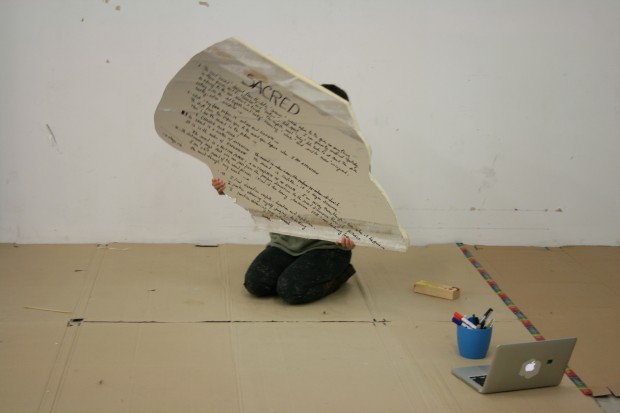
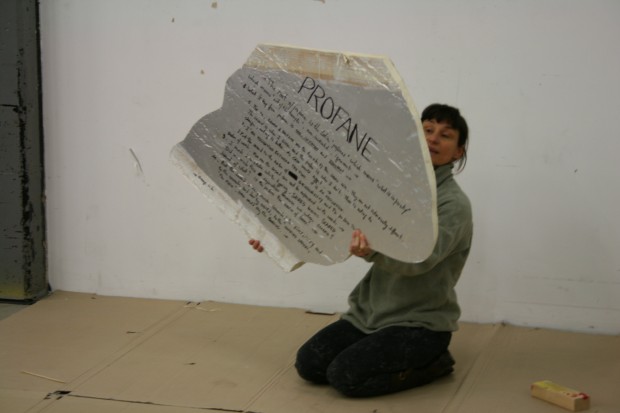
Performance of the text
1 - PROFANE: The root of profane is the Latin profanes which means “ what is in front of” which means “out of the temple”, non-initiated, ignorant.
2 - SACRED: The word "sacred" descends from the Latin sacrum, which referred to the gods or anything in their power, and to sacerdos and sanctum set apart. It was generally conceived spatially, as referring to the area around a temple. The English word "holy" dates back to at least the 11th century with the Old English word halig an adjective derived from hāl meaning "whole" and used to mean "uninjured, sound, healthy, entire, complete".
3 – PROFANE: What I keep from profane is non-initiated, ignorant.
4- SACRED: What I keep from sacred is and from sacred entire and complete.The shift from the profane space to the sacred space happens when I PAY ATTENTION. Then I see the sacred in the profane.
5 – PROFANE: For me sacred and profane are the two sides of the same coin. They are not intrinsically different. The sacred is when I listen and the profane is when I don’t. There is nothing to change, nothing is better. As Cage would suggest…
6 – SACRED: “ CHANGE YOUR MIND!”
7 – PROFANE: I AM OSCILLATING BETWEEN THE TWO. It is an OSCILLATION. I put the sacred is the realm of sensoriality and the profane the realm of words. For me the sacred cannot be expressed with words.
8 – SACRED: The sacred is a matter of ATTENTION. It is in the realm of EXPERIENCE. The sacred ineffable, it is beyond discourse. The sacred is for me a NON-time/space, NON-time/space of no escape. I am rarely there, though I love when it happens.
9 – ROFANE: I made a mistake while typing, SACRED became SCARED. Did we made this separation because we where scared? Scared of what? Is the profane the realm of fears?
10 – SACRED: The dictionary says that that one can pass from the profane dimension to the sacred dimension through RITUALS. I am a bit scared of the word ritual. I find it too heavy, too serious. Still I am looking for the sacred through my work.
11 – PROFANE: but for me the sacred is very much connected to SIMPLICITY and to the concrete and daily world, the “ NOTHING SPECIAL”, the “ PLAIN”, some could say the “BORRING”.
12 – SACRED: I find duration useful, duration and repetition. I practice observing myself, jugging and labeling. I practice observing my internal WAR.
3) Christian > Isabel > Arianna
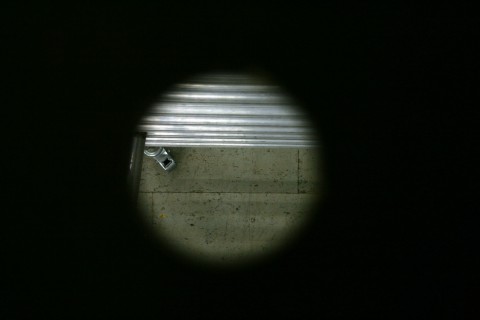
Climbing the scaffold and laying down on the platform on top, face downwards.
Reading
CHAPTER 1
(Present. Remembering)
My mother suffers from dizzy spells.
She prefers not to go climbing mountains. She stays on plain horizontal surfaces, where she can see everything at the same level.
When I was a kid and we went visiting a city, we would go up the highest tower of that city.
She would come with the rest of us, but would stay far from the view of the terrace. If we moved towards the edge, she would scream and grab the tip of our sweater, or the skin of our elbow if she had the chance, and prevent us from the risk of approaching the risk of falling.
Pause.
Reading
CHAPTER 2
(The remembering materializes, coming back into the present in a specific form)
stream of consciousness
Opening a bottle of water previously placed on top of the scaffold. Leaving the stream of water going down by the force of gravity through a hole in the platform.
Water falls on the ground from the height.
Pause.
Reading
CHAPTER 3
(It's night. The sky is clear, of an opaque dense black colour. I can see the full moon and the stars.
I am laying down on the top of something of uncertain nature. I am very close to the Moon. I can see it even with my eyes closed. I can almost touch it.
I think about the ones who are still on the ground)
What do you do when the tide rises
1 - When it comes up, it takes your elbows and brings them more and more towards your ears.
Be careful then - protect them using a thick sweater, or wearing water wings.
2 - Climb somewhere high and stay there for a while.
Tides are caused by gravity.
They can occur as two high waters and two low waters each day.
However, these periods do not happen at the same time. This is because the Moon takes its time to line up again exactly with the same point on the Earth.
Check it out with the Moon for more info.
3 - If the swirl is right above you, you cannot do anything more than waiting for it to come down. You can also try to bring it down yourself through the use of your hands.
Singing might help. Hypnosis is the last resort, for hypnotizing a tide requires you not to be afraid of the risk of approaching the risk of falling.
10) Brendan asks Luiza, Sana replies
Borders are frigid
Distances wrapped in a time, lost
Borders are frigid
Distances covered in colors, pale
Feeling confused
We dream out of synch
Light bounces off your skin
Reminds me of distorted past
Shattering into pieces
Memories remain less of debris
I turn ubiquitous
Conquering the time
Let’s play a game
When I am the hours
You play days or years
Borders are frigid
Distances fill in you and me
marching on our flesh
Hear ‘em breath
Feel ‘em float
Like a sorrow
Now turning thicker
Like a forest
Vast meadow covers the distances
Ah,
Such a wonder!
14) Tinna to Gerald (Reply Aela)
From an english and objective frame of reference, putting aside any daltonic possibilities... well we could argue on an objective way to describe the wrong colour with the good name or a subjective way to be objective ??? That sounds already messy...
SO... from an english and objective and human-being frame of reference, I am eating a green apple. Considered lonely, in a completely abstract context, an apple is a thing. But in an objective context, THIS apple is an object constituted by many different objects, its colour, its pips, its core, etc.
Objectively eating this apple I'll find its pips and its pips are black. Everyone is following ?
So from now on it appears that the green apple is also constituted by black pips. From here it is a very easy abstract jump to say that at some point the green of the apple is made by the black of the pips contained by this very apple and an even easier one to say that green is black ! Probably as much as green is blue and yellow !!!
And even easier !!! Green equal black !
Let's study a bit this affirmation. When I say green equal black, I am doing what is called an abstraction ! The process of abstraction is used in many domaine and specially in mathematics to make easier operation ! The system of abstraction works by simplifying a complicated reality to be able to deal with ! Same process with objectivity ! Every time we assign a name to a thing we reduce every possibilities of different subjectivities in favour of a common objectivity !
So it is very important to notice that objectivity is only a collective agreement on how to reduce individual subjectivity, A=B under a certain frame of reference but under another one, A is absolutely not equal to B !!!!
Let's go a bit further :)
An apple is as black as an orange !
In terms of blackity an apple is actually equal to an orange even if not a single one of them is black (once again from a non-daltonic point of view) !
I could have also said an apple is as NOT black as an orange ! But what happens when we use the negativity ! If I say an apple is NOT black, the mind will picture first the apple and then the black colour: result = an apple is black ! Why, because the mind can't picture negativity but only what is viewable and negativity is not a viewable object but a substraction of viewable object from viewable object !
Let's go on the funny side of this discovery !!!
The delay created by the mind trying to remove the black colour from the apple it pictured is the origin of irony and the one of laugh !!!!
Demonstration: joke + delay or time of understanding = laugh hahaa...
Irony and laugh come from a very short misunderstanding or a little awkwardness
and uncomfortable situation, that is a tiny excess of subjectivity in an objective discourse ! A tiny excess which is fortunately possible due to the process of abstraction I described earlier !
If there was no common objective reduction of subjective reality there will be no surplus of subjectivity to use and then no laugh and so a very sad society !!! In which one everyone would be able to communicate entirely with anyone else, boring....
Now... how to make a black apple revolution !!!?
Working with abstraction once again, I am gonna make an equality between the Foucault's relations of power and the objectivity I described earlier. Relations of power as objectivity exist in any domaine, political, institutional, relationship and so on, this objectivity appears when one tries to direct someone else's behaviour. But this objectivity is only possible among a certain amount of liberty corresponding here to subjectivity ! If there was no possibility of expressing subjectivity, there will be no objectivity at all.
The practice of liberty or the practice of subjectivity is an individual way one has to play with objectivity, to play among the rules of common objectivity !
Most of the time, as we saw it, the game of subjectivity among objectivity leads to irony or laugh !
A black apple revolution is a revolution everyone can practice on its own, discovering its own subjectivity, applying it to many domaine and sharing it ! That is knowing oneself or to use the words of Foucault: taking care of the self !
A black apple revolution is a ironic revolution a revolution that shows the limits of objectivity and power through laugh, through a tiny delay of misunderstanding !
One is not free from its own definition as soon as one remains understandable ! A peri-understanding is the most powerful tool of a funny revolution and a black apple is already in itself a revolution ! A displacement of the domination of objectivity upon subjectivity !
This is a revolution !!!
17) Arianna to Sana (Reply Brendan)
Text For Vacuuming
This force gives you body, your face, eyes, voice, and skin.
and now it wants it back
this is how you will live and how you will die
But, even in the strongest, most paralyzing wind possible
there is always a way to move.
Resistance is a space between the giving and the taking, it is you.
every possible move is contained by you, and amongst the you's that approximate.
freedom of movement is always accomplished through shifts of the body into the potentials of force.
with this we can open doors in the wind and fly
19) Pierre > Sebastian > Lilia
Hmmm I think all artistic experiences have changed my way of thinking. Or as Willem James puts it, (if I understand well) the nature or substance of experience is not different from the consciousness of that same experience. The two realms of experience and thought are separated in a pure functional way in order to process the continuity of experiences in our memory. So if I follow this thought it would be impossible to not change my way of thinking constantly.
I often asked my self if is the experience of the arts that opened my mind, or if my mind open up the art experience? If one is not ready for change can change happen? Either way through out the years my experience of the arts has changed a lot. My deep love for the performing arts has maybe a say in this (my addictive behavior as well).
The temporality of the performing arts connects both the realms of experience and thought in a one to one relation, in the back and forth between the now and the immediate memory of it, together with the memory of other experiences and thoughts about it, in a very direct very fast way. The processes are mingled and refer to the complex act of perceiving and maybe in that exact moment of the present the ‘fake’ dichotomy between experience and thought collides. There is just the moment of the moment. At a first instance I don’t remove myself from the moment, I don’t create a distance that allows me to categorize my experience, or do I?
This makes me think now of a text of Bojana Kunst about the temporality of performance, which speaks about the political: http://www.stedelijkstudies.com/journal/the-troubles-with-temporality/
I quote:
Performance can be thought of namely as an antagonistic knot of various temporal practices, a conglomerate of contradictory forces (human, non-human, spatial, natural, etc.) that constitute the moment of the present and the invention of its political potential. Performance is not a liminal practice because it is an act of the individual subject being subversive of its own context (that is to say, the figure of a militant artist), but because it is a sum of contradictory, complementary, or causally related micro-actions and events that must invent the form for the temporal condensation of actions, moves, energies, materials, and things, and in that way open the creation of performance to the intensity of life.
If change occurs and I think it does, definitely due to its inherent political conditions I would like to mention a performance that came first to my mind: Jerome Bel by Gerome Bel. Many questions emerged from that performance I saw in 1995 in Gent in a rather small theatre. I think I connected strongly to the questioning of dance and to the stripping down of the performance tools to their strict minimum: bodies, light, music and space. There was a sort of back to the basics strategy that enhanced very complex questions of authorship, agency and capitalism. What are we seing when we are seing performance? What kind of mechanisms hide behind the protocols of theatre as a place for the production of entertainment?
I’ve never seen consciously something like this before, poetical and critical simultaneously. Those bodies, light, music and space were not naked in the bareness but filled with codes, intentions, manipulations and emotions part of our collective consciousness. We were not looking at alienated bodies deprived feeling and meaning but to bodies relating in their sensuality and knowledge to the apparatus where they were performing.
GIFTS:
YAARI
And your Eye – where does your Eye dwell?
down onto you,
in you
will you believe my
Mouth
I speak of love
How did we live until here?
the body of each of us were
your body
It gleamed
I open your leaves, forever
only there did you enter wholly the name
that is yours
the Listened-for reached you
It cast an image into our eyes
and the Dew of your thought
(not in the eye for the tear
but seven nights higher
when I attended the orchids
when I was audible)
it shivered
We
have drunk
The blood and the image that was in the blood
we drink it and we drink it
as if I were this:
your Whiteness,
as if you were
mine,
as if without us we could be we
The place of angels
was written there too
How
did we touch
each other - each other with
these hands?
we could not let go, and it came at us
came through us at the last membrane and
your eyes
they dwell and dwell
they speak
they sing
an acoustic thought
I
speak
the Prayer:
Come, come.
Come a word, come,
and something believed the eyes and the mouths
and obeyed
KEYWORDS :
fiction; embodiment; memory; disappearance; disturbance; transparency; liminal body; tentacle; noise; threshold; come; crocky; microwave; time (now just passed); universal knowledge; fairytale; estrangement; inhabiting the ruins of the body; unidentifiable; hybrid nature; unnamed.
REPORT : the shot gun (coming soon)
Every person contributed a key word after seeing all the presentations. We did a collective constellation practice to relate and organize the key words. The image formed by the squared papers on floor was a shot gun. Aside of that image, there were floating three papers with the key words: unidentifiable; hybrid nature; unnamed.
I remember three main focus: Memory, (fiction, embodiment, disapearence, disturbance,) System ( crocky, microwave, come = universal knowledge, fairy tale, estrangement ) and Body ( inhabiting the ruins of the body). Out of the shot gun a free floating constellation contained the keywords: unidentifiable; hybrid nature; unnamed.
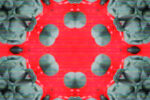
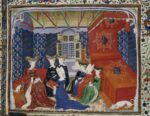




























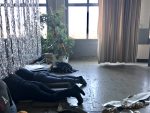





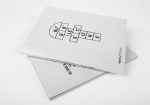






















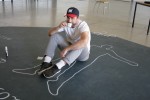
























 i can't resist i need to touch
i can't resist i need to touch



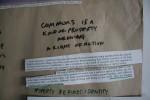






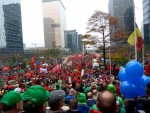

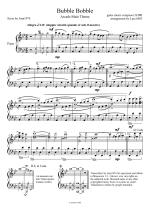




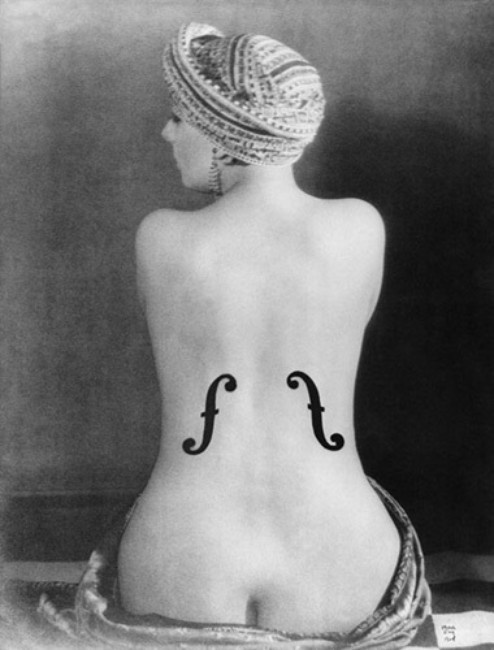


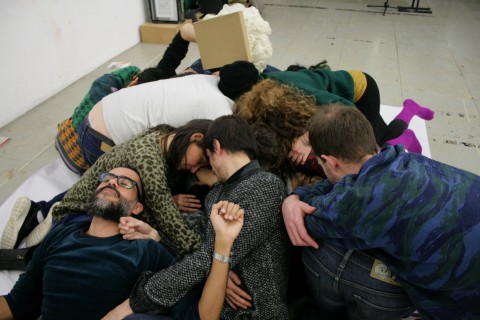
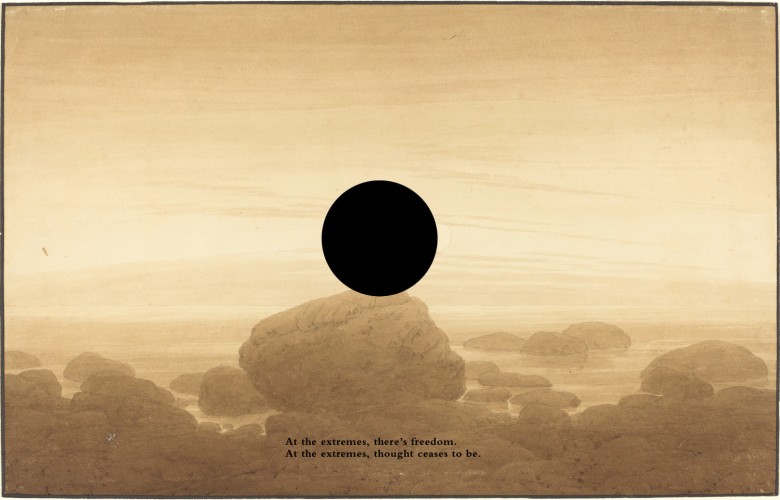
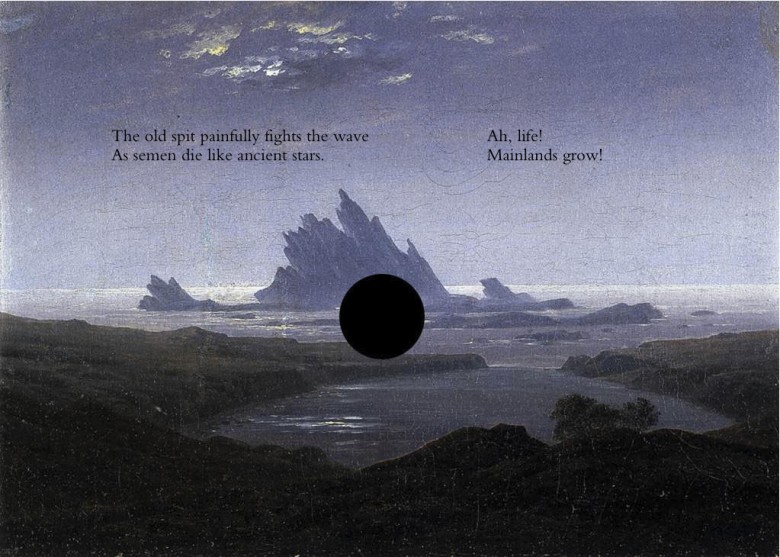
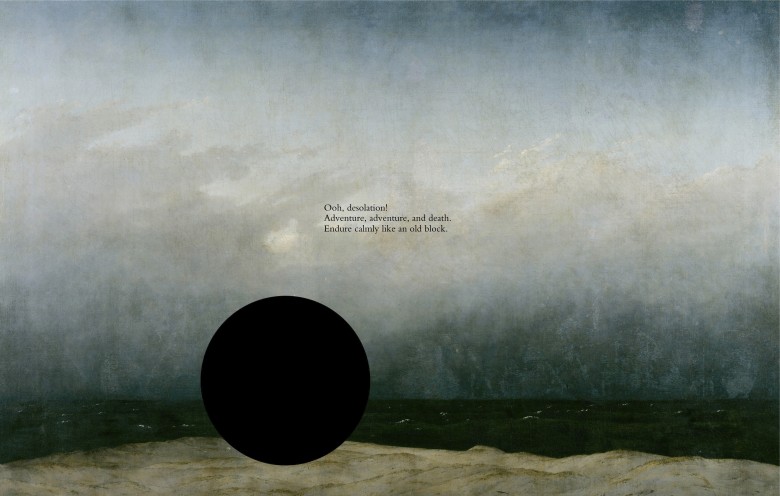



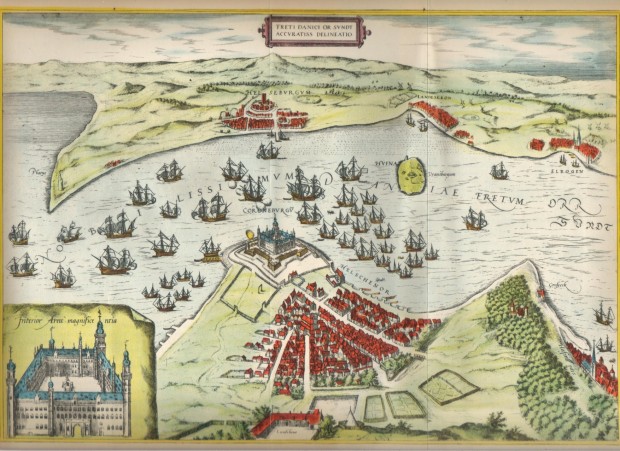
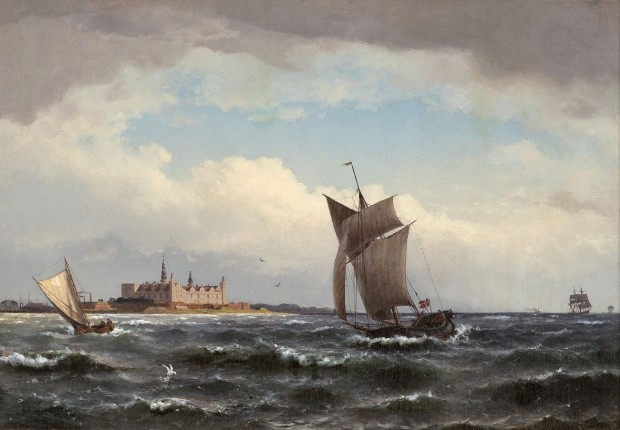

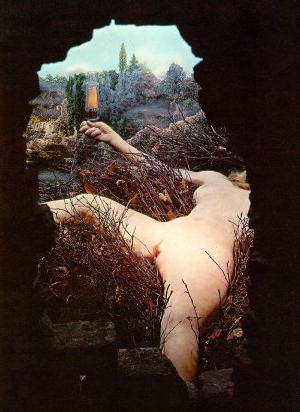
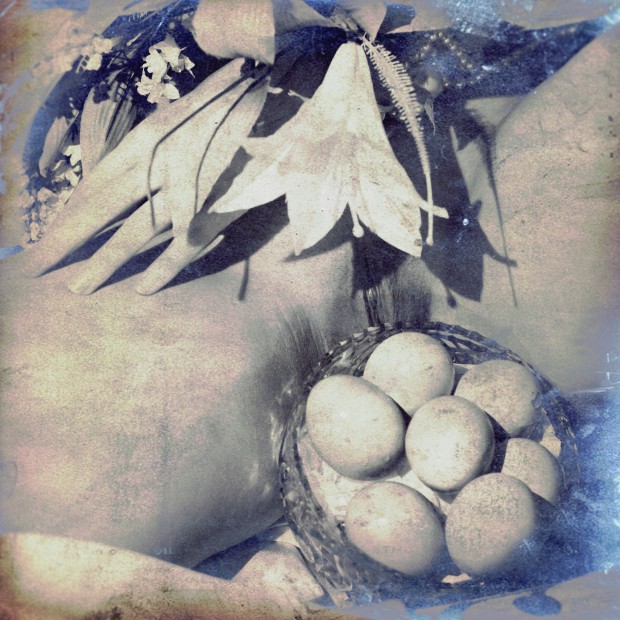


 who was acting as a channel between the dead and their relatives and friends in a seance-type situation. What interested me most about the text was the position of 1st person that you took, first as the medium describing how the person died , then becoming the dead person and speaking their words. By embodying their voices it seemed to me that they and you shared multiple realities- The reality of the context created by the medium, the reality of the voice that was being embodied, and the reality of your narration of these voices. It seems that the boundaries of our bodies are permeable and we can be possessed by a voice or voices. But this leads me to question the solidity of everything and what is the territory of a person or thing and their boundaries and is there a common space where all these things are stored. This all reminded me of Rupert Sheldrake’s theory of Morphic Resonance and the idea of a common pool of memories and knowledge. This theory sees the body and the mind not as centres (which can be possessed) but more as decoders, descrambler, receivers of information, information which is held in a common pool/cloud/sphere.
who was acting as a channel between the dead and their relatives and friends in a seance-type situation. What interested me most about the text was the position of 1st person that you took, first as the medium describing how the person died , then becoming the dead person and speaking their words. By embodying their voices it seemed to me that they and you shared multiple realities- The reality of the context created by the medium, the reality of the voice that was being embodied, and the reality of your narration of these voices. It seems that the boundaries of our bodies are permeable and we can be possessed by a voice or voices. But this leads me to question the solidity of everything and what is the territory of a person or thing and their boundaries and is there a common space where all these things are stored. This all reminded me of Rupert Sheldrake’s theory of Morphic Resonance and the idea of a common pool of memories and knowledge. This theory sees the body and the mind not as centres (which can be possessed) but more as decoders, descrambler, receivers of information, information which is held in a common pool/cloud/sphere.